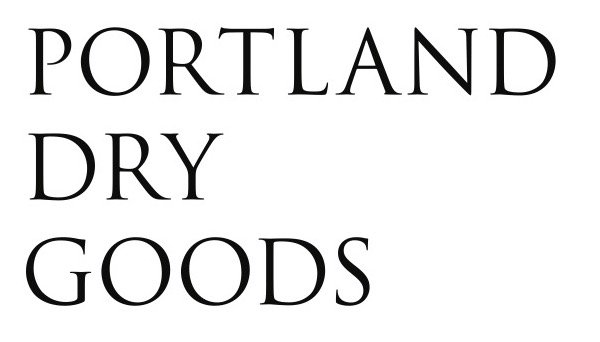The Agricultural Revolution
How the Fertile Crescent Influenced Food and Society
One of the first crops to make it on a farm [source]
Around the time of the agricultural revolution the fertile crescent was a land of plenty of fresh water and some of the most fertile soil you could find. This was when it started, but in reality it took thousands of years for it to come to its peak. The people in this area depended on the natural resources to grow their food and harvest their crops. The settlement of this area was organized along the rivers that ran through. It was still inhabited until around the mid 1900s when the soils dried up and many farmers lost their homes and livelihood, and couldn’t farm in what used to be one of the best farming areas in the world. This is due to the fact that the land is significantly more developed as a modern civilization. This caused the soils to dry up, and less water to run through the area because dams were built on the rivers, stopping the natural flow of water, destroying the soil, and ultimately the fertility of the land.
The ancient Sumerians, in 5400 BCE were one of the first civilizations to settle on some of the fertile crescent in Mesopotamia. There were people already there, advancing the art of agriculture, but not in the numbers of the Sumerians. They very well may be the first modern human civilization, and created a dozen cities around the area to create a huge organized settlement. This, over time, and over the rise and fall of civilizations has stayed conceptually the same, settling along the river bank to farm the fertile soil. It was only recently that this stopped because they couldn’t continue growing any crops.
They started the domestication of plants and animals that we now have today. In order to do that they had to be organized in their planning and harvesting process. Strategy needed to be developed to create new crops and animals to better suit their needs. When the word of the fertile crescent and this new food source started to get around, more people traveled to it to trade. There were many trade routes created because of this, which made the fertile crescent crops, and word spread as far as Africa and southern Arabia.
At first, they used what they had locally for animals and wild plants to create their crops. They didn’t need to go far because of the clean fresh water rivers and fertile soil. For the first time the whole point of human civilization was to not have to move every other day to find food. They were able, through the land, to provide for themselves with crops and animals they chose. At first, it must have been very difficult, but they helped set the foundation for the domesticated civilization we live in today. They eventually did use long extensive trade routes to find metals and expensive products that the noble and elite could enjoy. That was one of the main reasons for trade, and the invention of the wheel and sail allowed them to set up caravans to get to these places faster and carry more bulk. We know this because the resources they had, and some of the materials used, couldn’t have possibly been found in the area, but found in others.
At the start their diet consisted of a healthy mix of wild meats and plants, as well as domesticated ones. These included wheat, barley, rye, and legumes for plants, and wild game (gazelle, deer, and waterfowl), ducks, pigs, sheep, cattle, and pigeons for meat. They hunted and harvested a lot of this food, as well as growing and raising it for themselves. We know this because of the clay tablets full of the first ancient recipes using these ingredients. One of the most common meals was porridge.


